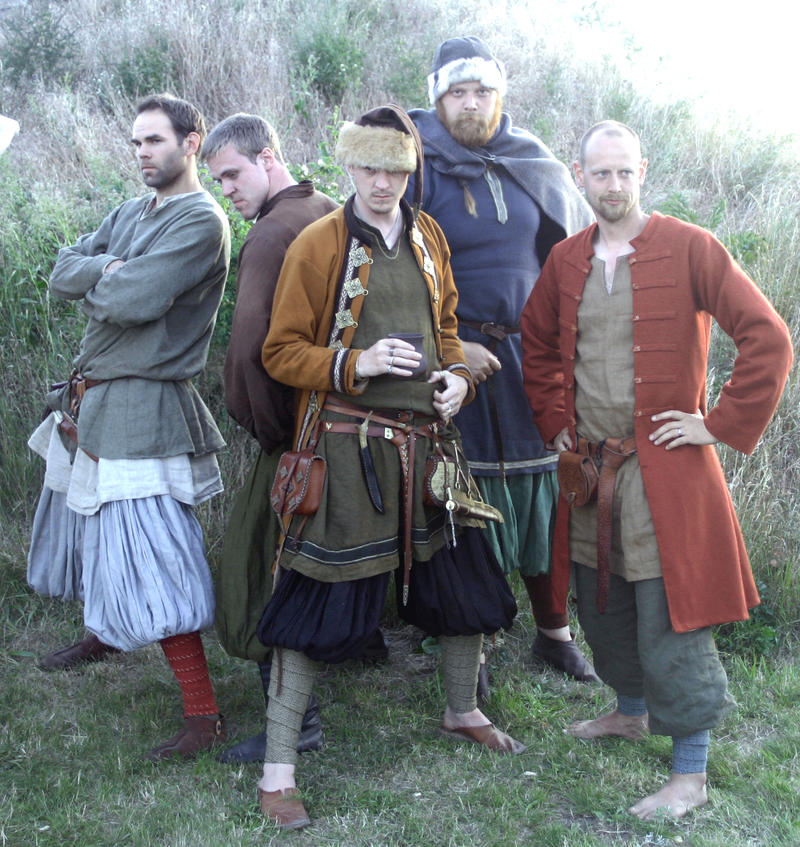Anyhoo, I've created my own Greatest Hits list, and because the original CD limits itself to 33 tracks, so have I. For some songs, I'm picking specific remixes which qualify. In some of these cases, the remix substantially changes the tone or feel of the song, so another version cannot be assumed to substitute for the one I picked. Anyway, this is just a semi-random music post, just for fun. All songs are in alphabetical order by song title, and where it comes from is listed as well.
- "Be a Light To Yourself [Paralyzed Remix]" - From The Mix 3.0
- "Binary Soldier" - From Rockets + Swords
- "Blue Moon '99" - From Remixed (Ltd 2-CD version), but also appears on Blue Moon '99 single
- "Boy Toy" - From Rockets + Swords
- "Brothers In Arms [Extended Version]" - From Brothers In Arms single
- "Deliver Me" - From Monosex
- "Digital Dream [Electroclash Mix by DJ Ram]" - From Digital Dream EP
- "Dinner Without Grace '98" - From Zehn
- "Drifter" - From Monosex
- "Drifting Sideways [Gigi D'Agostino Viaggio Mix] - From Underconstruction 3 Remix
- "Flash of Life [Melancholic Mix]" - From Popgefahr - The Mix (German version)
- "Flavour of the Week" - From n00b
- "Foreigner [Original Version]" - From Void
- "Hear Me Calling" - From Monosex
- "Heart-Shaped Tumor [Neurotic Mix]" - From Heart Shaped Tumor single
- "I Regret" - From Fairyland?
- "I'm Not Dreaming Of You" - From 6 Feet Underground
- "Life Is Suffering" - From n00b
- "mAndroids" - From Popgefahr
- "Plastic Heart [Renegade of Noise Floor RMX]" - From Popgefahr - The Mix (German version)
- "Rage [Mesh-Tantrum Mix]" - From Popgefahr - The Mix (curiously, this version is on both the German and the North American releases)
- "Ready to Die [Hearhere Mix]" - From Popgefahr - The Mix (this one is also on both releases)
- "Silent Moan" - From Two
- "Slaves to Passion" - From Monosex
- "Subtronic" - From Subkutan
- "Take Me To The Time [Memphis Mix]" - From Remixed (Ltd 2-CD version)
- "Try To Forget '98" - From Zehn
- "Turn Me On [Rename Vocal Club Mix]" - From Turn Me On single
- "Twisted Story [Rob Dust Remix]" - From Popgefahr - The Mix (both versions)
- "Until The End of Time" - From Popgefahr
- "We Fly... Tonight [Night Flight Remix]" - From We Fly... Tonight (Remixes) although I have it as a bonus track on my version of Monosex (which for whatever reason, when I ordered from Amazon, I got the Japanese, not the German version of the CD)
- "What's Love All About [Kant Kino Remix]" - From Popgefahr - The Mix (North America version)
- "Your Hands On My Skin [Sonnet Shuttle Mix]" - From Remixed










